After a year-long hiatus, Ed Sheeran re-emerged into the spotlight and produced arguably his best album to date.
In past albums, Sheeran didn’t stray far from his classic style heard in “A Team” or “Photograph.” An overwhelming amount of his past songs focus on heartbreak. Divide shakes things up for the artist by fusing different styles and drawing inspiration from his family.
The album begins with Sheeran rapping in “Eraser.” It seems to be Sheeran proving to the world that his vocal skills have no limits. Though this might not be his most popular song on the album, his attempt at delving into an unfamiliar territory is appreciated. Sheeran’s most popular songs on the album are “Shape of You” and “Castle on the Hill.” “Shape of You” is the least musically challenging song on the album—it seems to be destined for the charts and made for the radio. This song, released early, brought attention to the rest of the album, but does little to advance him musically. “Castle on the Hill,” though also made to be a radio hit, has more musical depth. This song holds a nostalgic quality, as Sheeran reflects on his childhood and hometown. Sheeran shows his fans the place that shaped him with his words, while also allowing the listener to reflect on their own childhood.
While Sheeran sings about his hometown, he also writes several songs about his family. During the creation of the album, his grandmother fell ill, passing away towards the end of the album. Sheeran created “Supermarket Flowers” in her honor. The pain and emotion shines through in his voice. Piano becomes the highlight of the song as he strays from his typical emphasis on the guitar. “You were an angel in the shape of my mom” is perhaps the most powerful line in the song. Though the lyrics suggest pain and sadness, they also have a feeling of hope and relief. The last line of the song says “when God took you back, he said ‘Hallelujah,’ you’re home.” Sheeran remembers the happiness of his grandmother’s life, rather than dwelling on the sorrow from death. While Sheeran typically writes about past or current significant others, this shows the world an unfamiliar side of him.
Along with his hometown and his family, Sheeran’s Irish roots also draw some influence. In “Nancy Mulligan,” the song takes the listener to a pub in the middle of Ireland. Picture Sheeran sloppily jumping on a table with beer splashing around him. He proves that his music does not have to sound structured by embracing the spontaneity of this folk-pop song. In “Galway Girl,” Sheeran brings in these same Irish roots, but adds a more modern twist. This has the same effect of “Nancy Mulligan,” but seems made for the radio rather than a tribute to his roots. Along with the theme of embracing different cultures, Sheeran draws from traditional African music with “Bibia Be Ye Ye.” He created this song with Fuse ODG, a Ghanaian songwriter. This feel-good song was inspired by his trip to Ghana during his hiatus. Ed Sheeran’s world travels brings a new style to his music.
Just when Sheeran starts to lighten the album up again, he finishes with “Save Myself,” a song from the depths of heartbreak. Ed Sheeran sings for anyone who has ever given too much to someone else, while neglecting themselves. This album serves as a summary of his break from the spotlight and this song gives insight into his reason for doing so. Sheeran took some time to save himself, and the result was beautiful. “Divide” proves that Sheeran can do more than just play a guitar and sing about heartbreak. Sheeran’s hiatus allowed him to transform into a new artist.

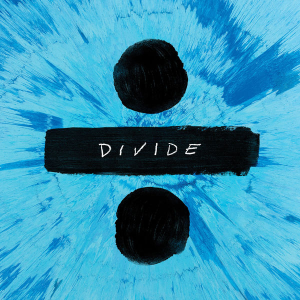


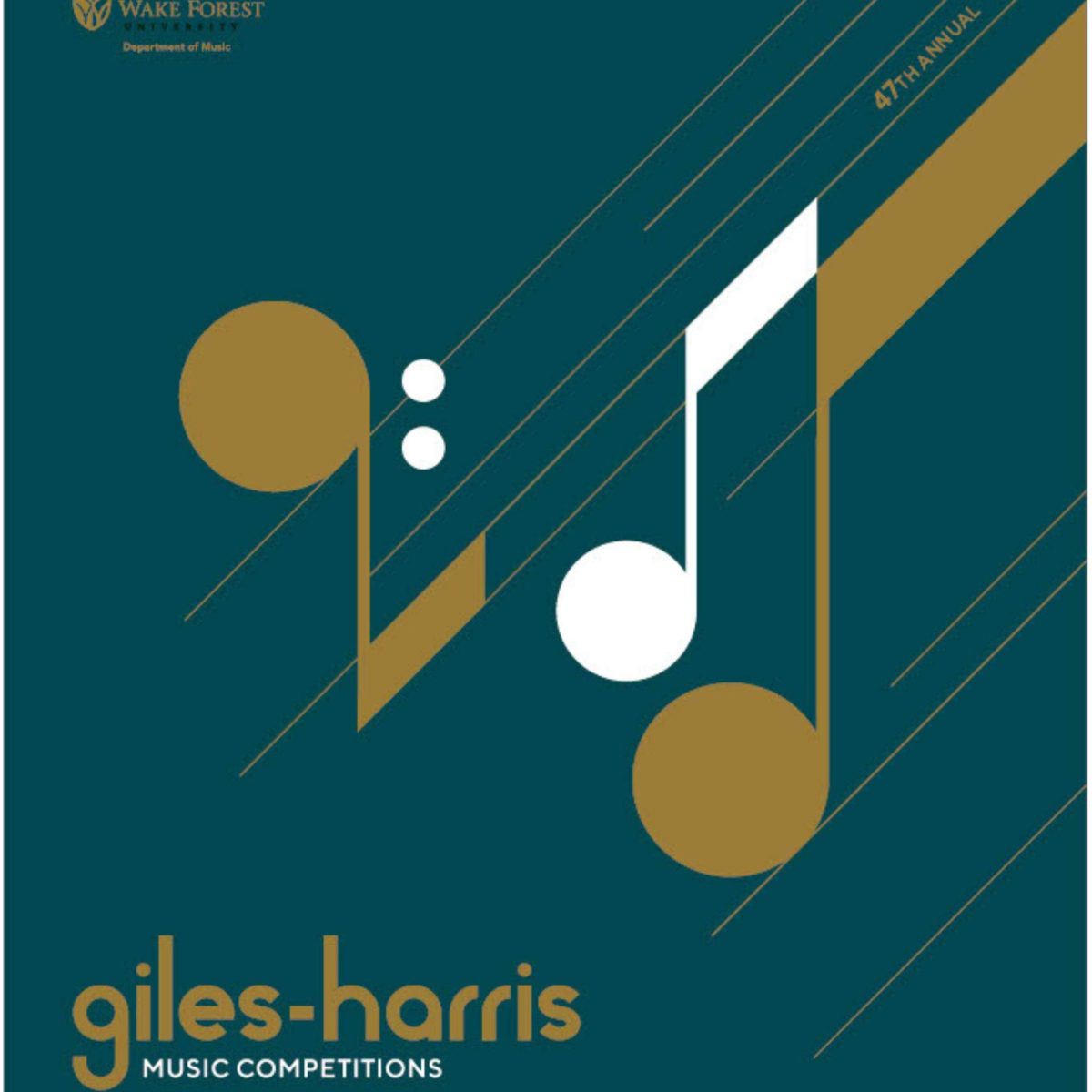




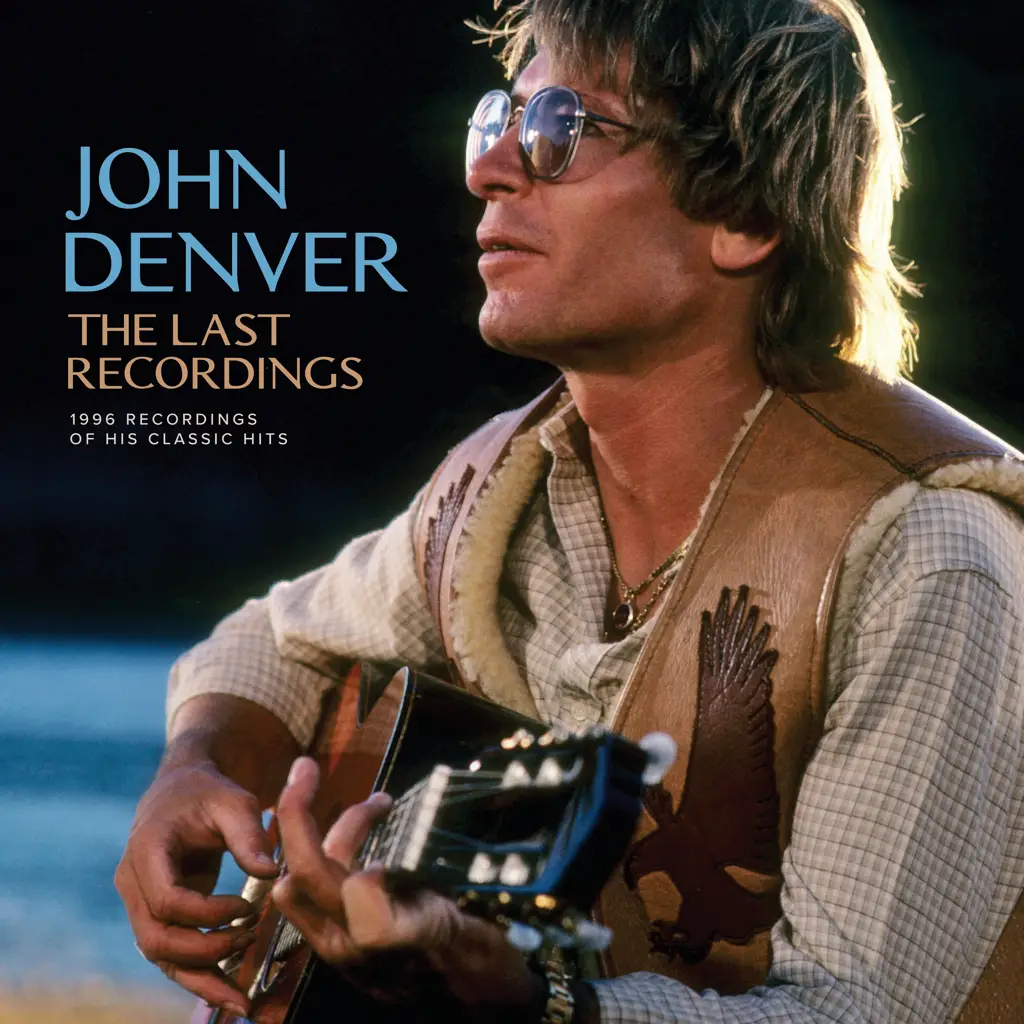
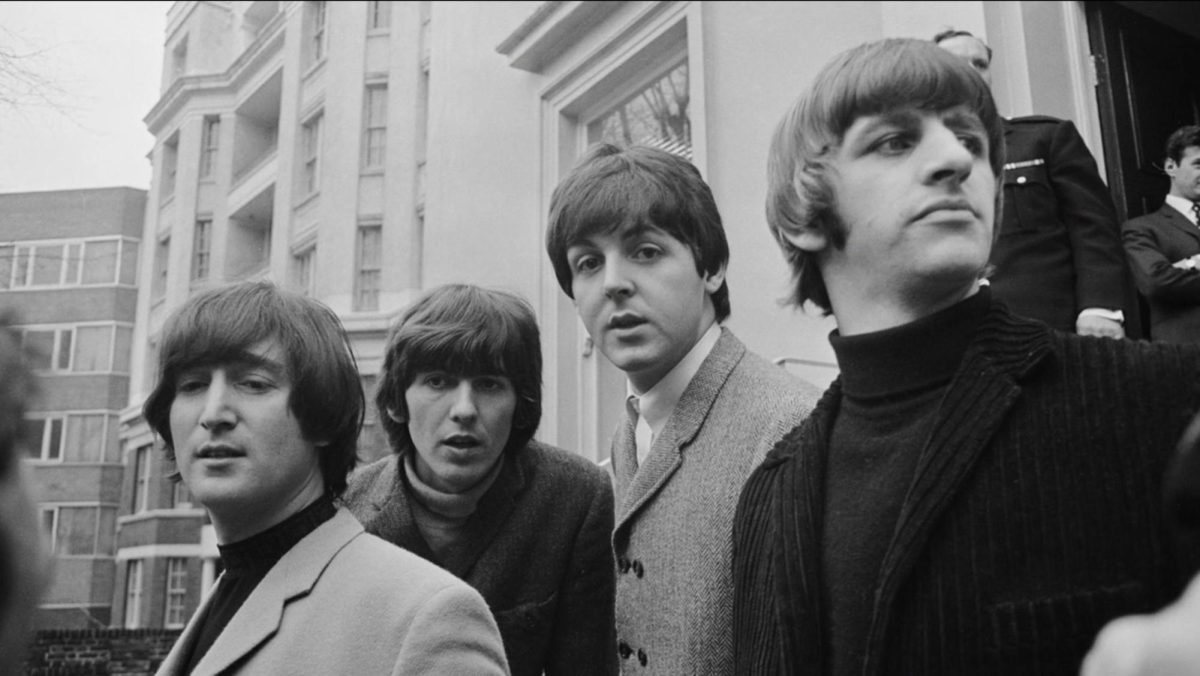

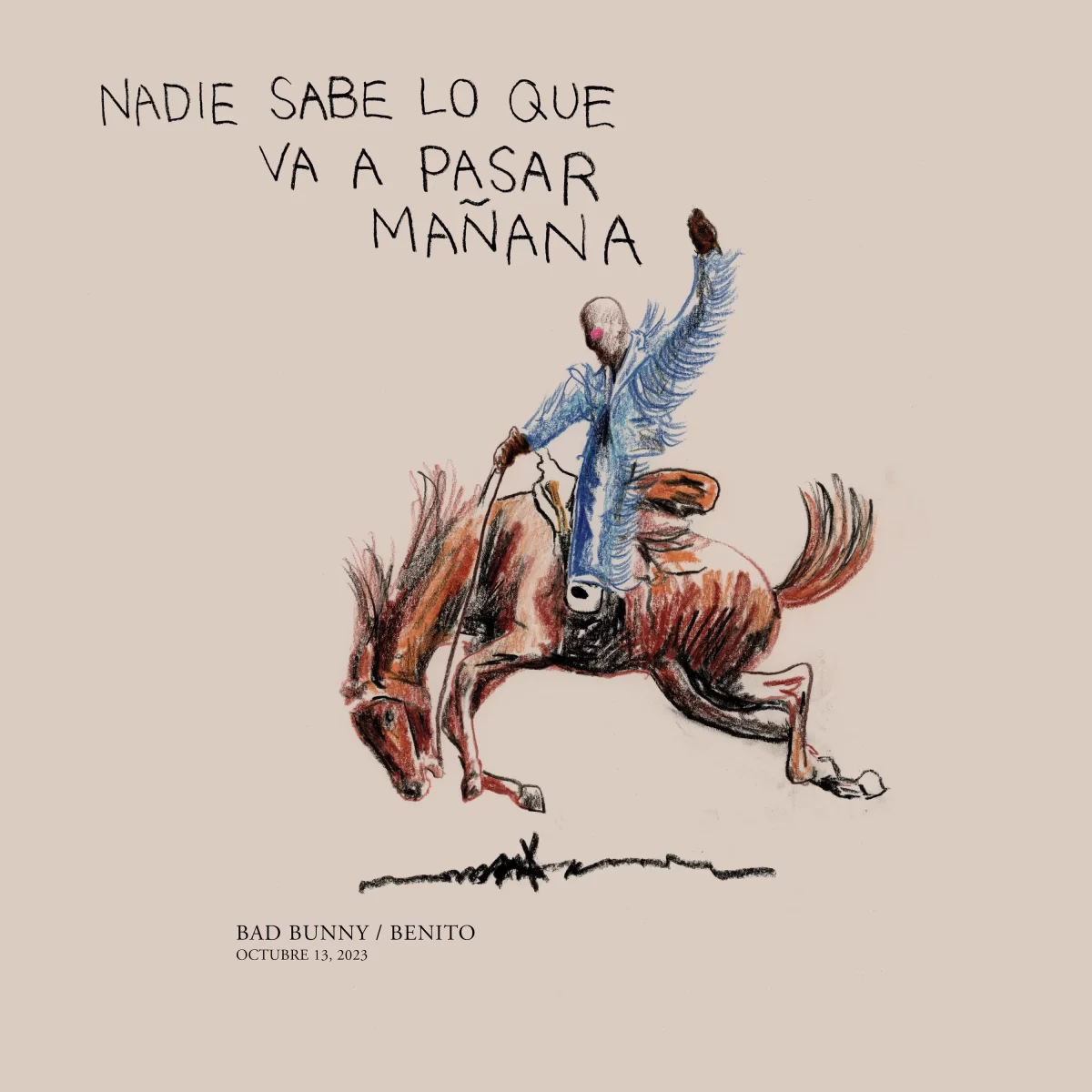




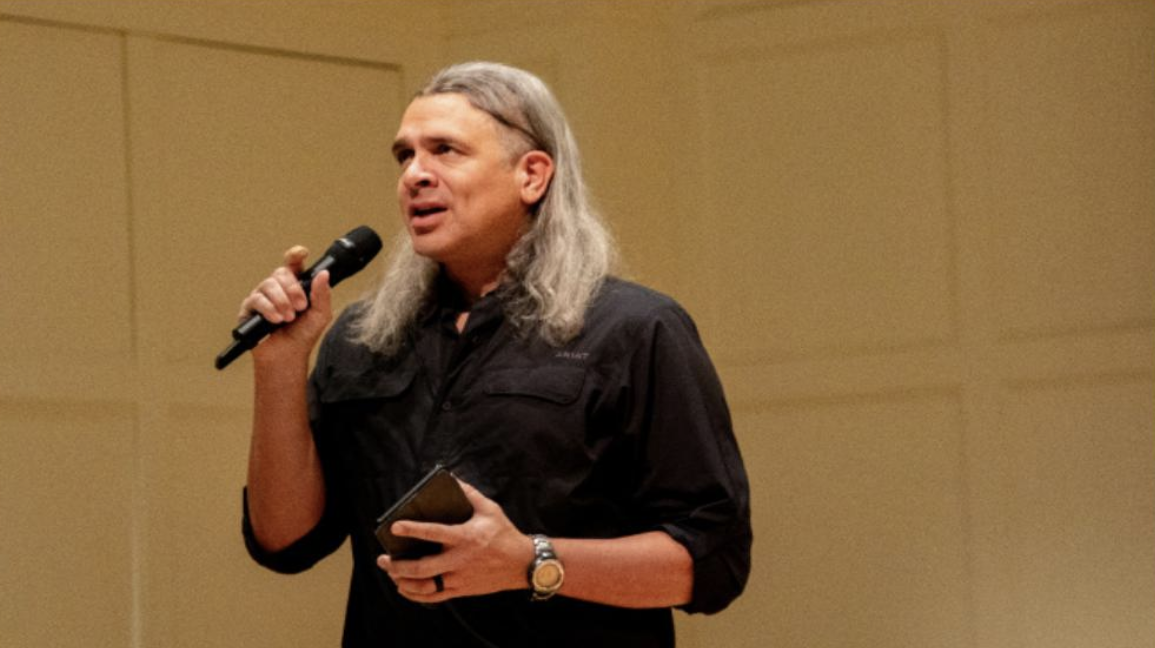
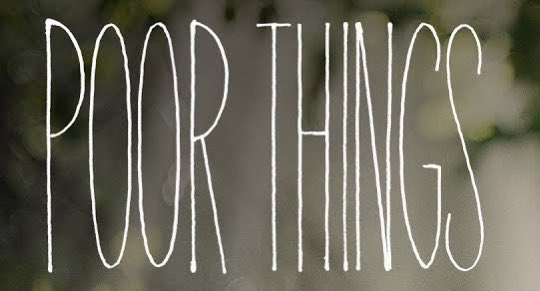

plez • Apr 8, 2017 at 6:23 pm
Thank you for a insightful review.